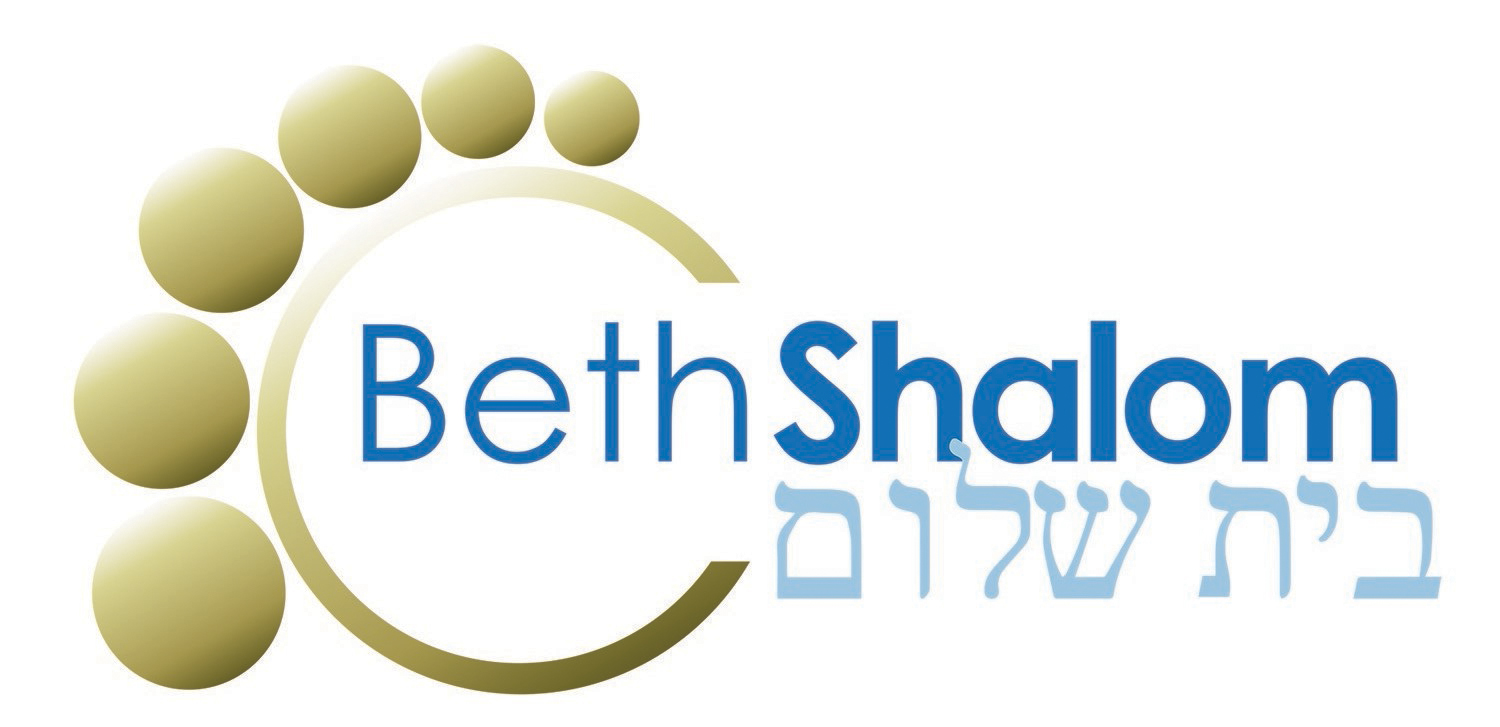What Are All These Dots, Then? Part 1. Originally Published February 7-8, 2020.
A dot in the middle of a Hebrew letter (and we are talking for the most part Biblical Hebrew for the moment) is called a dagesh (
There is a mnemonic to help us remember which letters get this dagesh kal:
Looking at this mnemonic, one can see that the letters with a dagesh come at the beginning or after a closed syllable. (The schwa under the dalet creates a closed syllable, while the schwa under the kaf is pronounced.)
So if there is no vocalic connection with the previous word, and the letter is one of those six and follows a closed syllable, it will have a dagesh piercing it.
As for the sounds, we have adapted the sounds to modern pronunciation somewhat. The original pronunciations were:

So as Rabbi Akiva was dying, reciting the Shema, as he drew out the last letter of the word אֶחָד he likely was pronouncing a soft “d” sound, rather than the hard sound which we emphasize today.
- Categories
- Uncategorized

